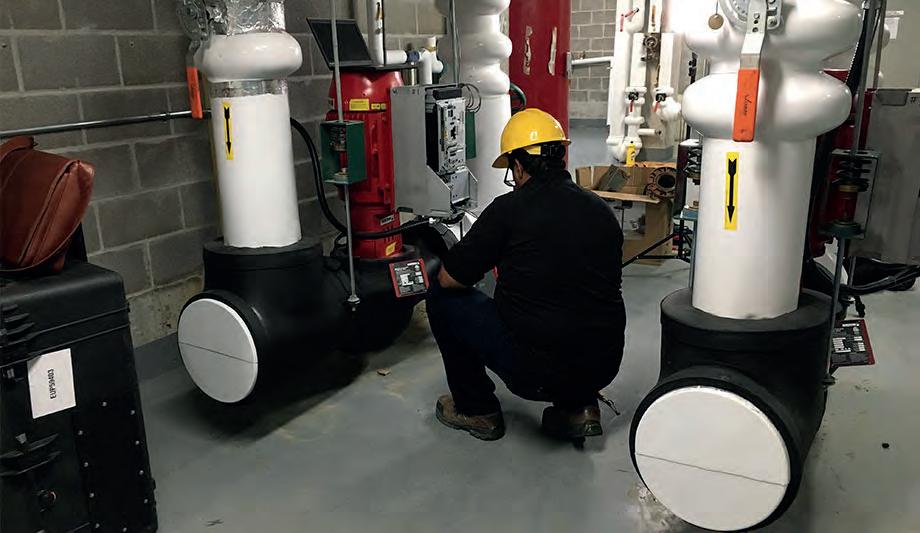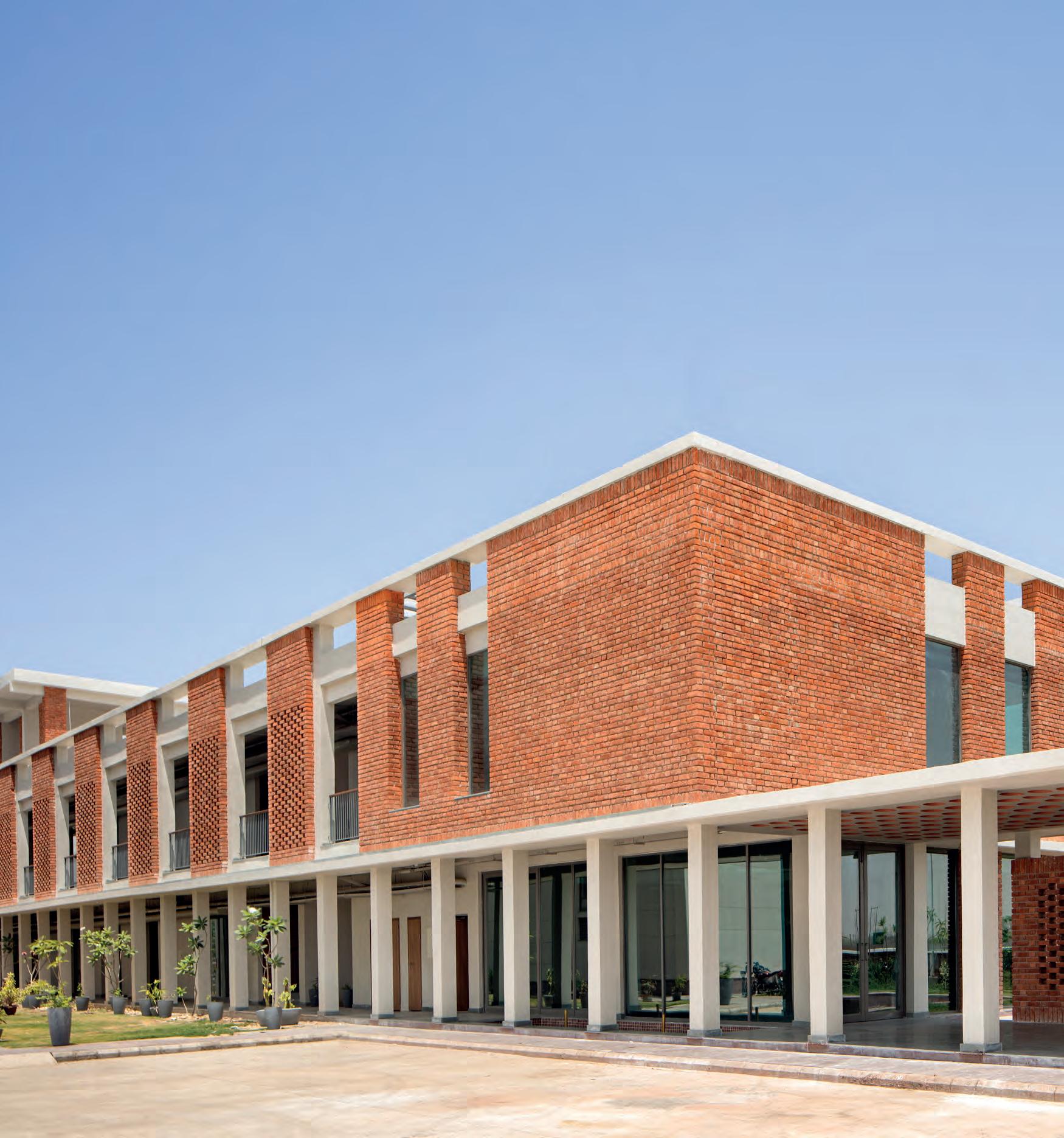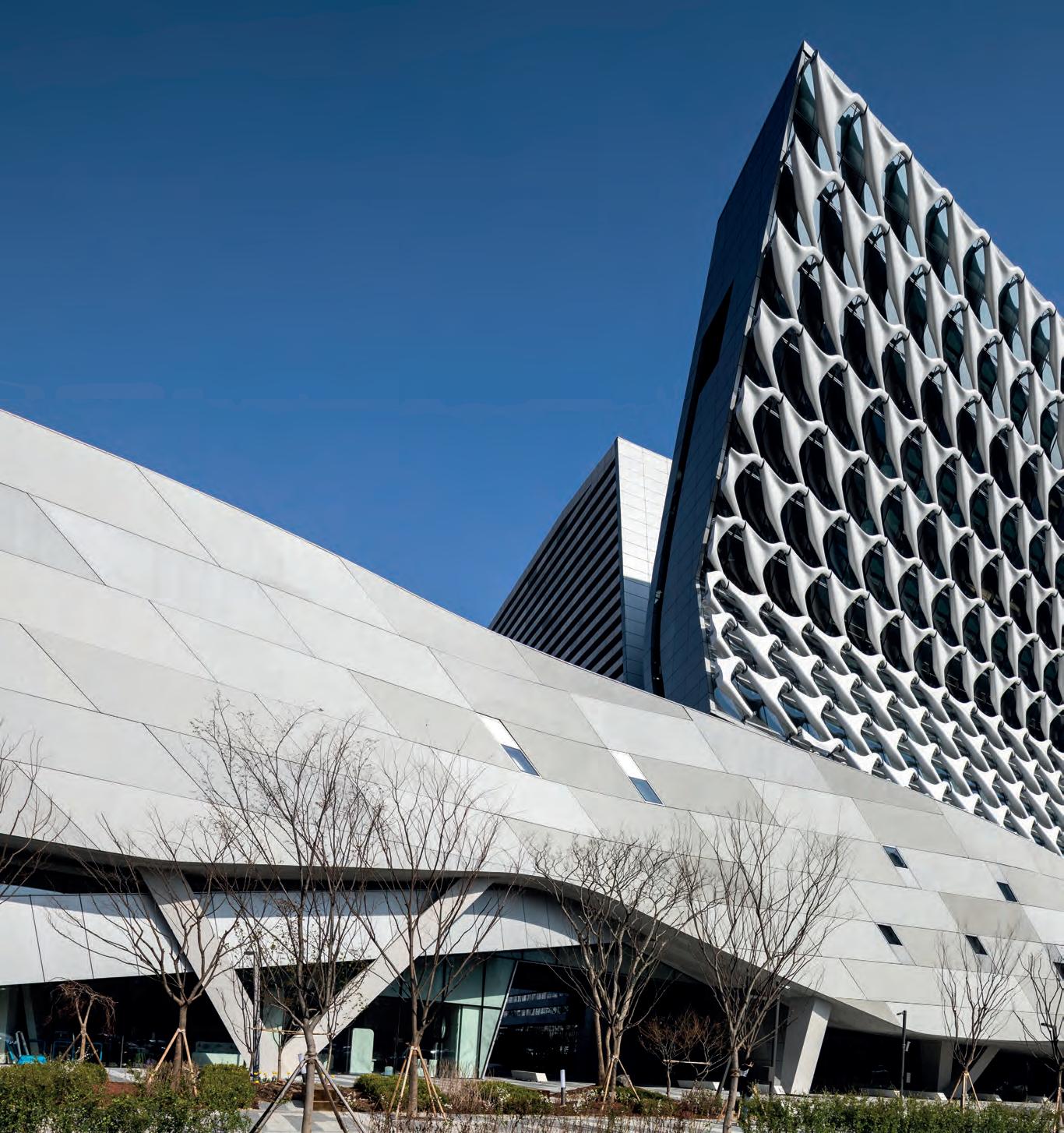
6 minute read
Smart HVAC cloud-computing solutions for a changing world – An article by Rohit Mohindra, Lead System Architect for the Building Services and Performance Management Team, Armstrong Fluid Technology
Smart HVAC cloud-computing solutions for a changing world
Text by Rohit Mohindra, Lead System Architect for the Building Services and Performance Management Team, Armstrong Fluid Technology. Photos courtesy of Armstrong Fluid Technology.
Advertisement
The profound impact of the COVID-19 pandemic on the HVAC industry is being felt by all of us in the HVAC industry. The current challenges and threats have been well documented and, unfortunately, will continue to evolve over the coming days, weeks and months.
However, as with many tragic events, there can be positive changes that come from this tragedy. One of these positive changes will be the more rapid development and deployment of smart HVAC systems and remote asset management solutions.
Data and solutions to building owners
Although the development of technologies for smarter, more connected buildings has been underway for some time, it is now being accelerated by the need for social distancing and remote working conditions. It is now more critical than ever that HVAC systems learn, predict and optimize so they can provide critical data and solutions to building owners and other HVAC professionals remotely before problems occur.
And, once potential problems or challenges are identified, experts must be able to communicate digitally with technicians onsite in real time to provide virtual assistance and troubleshooting.
How can we accomplish this task under such difficult conditions? Different manufacturers offer a variety of solutions. At Armstrong Fluid Technology, we call it Active Performance Management.
- Rohit Mohindra
Active Performance Management
At its heart, Active Performance Management is a new approach to maximising performance in building systems through a combination of actively seeking system insights and applying those to improved performance. The technology aspect consists of connecting intelligent pumps with other critical HVAC components via cloud-computing to provide critical diagnostic analytics to building owners and managers through a neuro network.
This allows the system to learn, predict and optimise in real time so it can alert building managers to potential issues and predictive maintenance needs well before they become a pressing problem. The technology can detect deadheading, excessive heating, broken coupling, cavitation, excessive vibration and many other potential issues before they become costly problems.
Equally important, it tracks such important operating efficiency data as energy savings, CO2 savings and much more. Over time, HVAC systems experience ‘operational drift’ as various components begin to operate less efficiently. This ‘drift’ can result in 3040 percent wasted energy. By detecting and even predicting when this drift may begin to occur we can maintain peak performance and achieve significant energy and cost savings.
- Rohit Mohindra
Fifth Wave of Technology
We believe the HVAC industry is experiencing a Fifth Wave of Technology that is being fueled by the COVID-19 pandemic. This Fifth Wave is the decentralization of decision making which consists of adding ‘brains’ to equipment at all levels (pumps, heat exchangers, valves, etc.) to enable cross communications and create the neuro network mentioned previously.
By providing a higher authority to lower-level equipment, the analytics and decision-making process is distributed throughout the larger group. This augments a building’s BAS system and provides combined brain power with more accurate data.

When enabled by digitisation and digitalisation and connected via cloud computing, all HVAC and building systems will exchange data, leading to smart buildings – that is, lighting systems talking to HVAC systems. Smart buildings will lead to smart cities that consist of similar buildings, all connected and learning from one another to further optimise performance and save energy.
Remote asset management
But what has all of this to do with the COVID-19 pandemic and the accelerated change we are now seeing?
The data and analytics provided by Active Performance Management services are available to building managers remotely anytime, anywhere, via cell phones, laptops and other connected devices.
Now that many people are working remotely it is more important than ever that they have all the data and analytics they need at their fingertips. It is no longer necessary for technicians to go to the jobsite to check the system’s operation and/or switch control modes between manual, automatic, BAS or IO.
And although this Remote Asset Management capability has been available for a while, it seems many building managers are hesitant to fully trust these systems and/or have the need for hands-on operation.
- Rohit Mohindra
Switching manual and automatic modes
In some instances, systems are put into manual mode for servicing but are never switched back to automatic mode. When this happens managers and building owners don’t realize all of the benefits and energy savings possible.
There are also instances where building managers don’t have intelligent pumps and components installed and think they don’t have the budgets to upgrade. However, it is now possible to cost-effectively upgrade existing pumps and system components into intelligent systems.
Whatever the case, we are seeing more and more building managers and maintenance professionals feeling much more confident and accepting of these intelligent systems now that they must observe social distancing.
- Rohit Mohindra
Digital trouble-shooting tools
But what happens when a potential problem or an emergency situation develops, and it is necessary for the technician to speak with a system expert? Thanks to new technology, mobile apps now exist that allow both parties to video chat so the technician can show the expert exactly what is happening with the system.
They can collaborate in real-time and even see what button they need to push or valve they need to turn. There is a brand new augmented reality app that even allows both parties to draw on their screens and highlight various system parts.
Here again, we are seeing more and more customers that are feeling increasingly comfortable with remote service calls and probably will prefer this method moving forward.
- Rohit Mohindra
What does the future hold?
Although no one knows what the longterm effect of the COVID-19 pandemic will have on the HVAC industry, we believe the positive outcomes will be customers more willing and accepting of intelligent systems, a greater comfort level with remote analytics and an embracement of remote diagnostic troubleshooting.
And of course, this will result in greater energy savings, greater cost savings and reduction in CO2 emissions worldwide. So, there is some good news that will come from this unfortunate pandemic after all.
About the Author
Rohit Mohindra has worked with Armstrong Fluid Technology since 2010, most recently as Lead System Architect for the Building Services and Performance Management Team. In that role he is responsible for directing and supervising code development for the Armstrong Pump Manager platform. Prior to joining Armstrong he held a variety of systems design positions with technology companies.










